Indoor agriculture and education are gradually becoming intertwined as growers and industry experts team up with school systems and educators to share the ins and outs of the industry with the next generation. Schools, universities, and private programs are bringing indoor ag to the forefront through full curriculum implementation, indoor/vertical farms on campus, career preparation programs, and in-home growing kits.
Contain Inc.'s content creator, Janesha Anthony, explored the topic and spoke with Charlie Shultz, Academic Director of Controlled Environment Agriculture, to get a closer look at the evolution and growth of education within the industry.
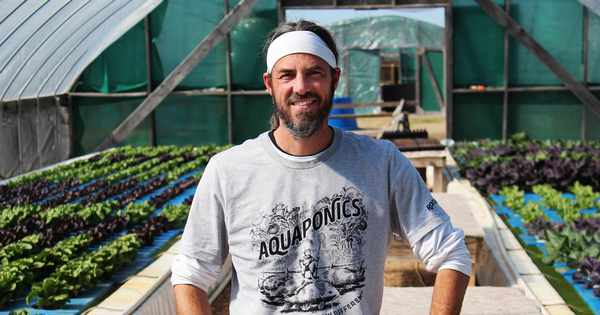
Charlie Shultz
Required key elements for a robust indoor ag curriculum
The first key element for a proper indoor ag curriculum is industry involvement, as Charlie notes. A new indoor ag program must be connected to academia and industry players. These players should drive the curriculum being delivered. A strong academic advisory counsel will help create and validate the curriculum. Regular meetings will ensure the program curriculum stays updated with industry advancements.
Secondly, exposing students to various grow systems that may be found in the industry. Having examples of hydroponics, including aquaponics, and using all types of hydroponic production exposes students to any design they may run into once they enter the workforce.
"Additionally, programs like mine that focus on workforce development and training a highly skilled labor pool should have systems at scale that represent what may be found in the industry. Large systems that operate continuously will ensure students have been exposed to all aspects of plant production in a staggered production method," Charlie notes.
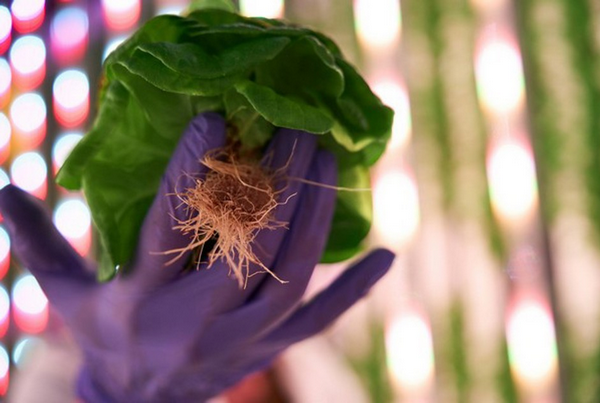
Photo credits: Zipgrow
A recently introduced CEA program
Zipgrow's latest partnership offers a CEA program that will be available to students from September 12 until November 4, 2022. The partnership aids preparation for employment within the agricultural technology sector relating to greenhouses, indoor farms, food supply, pharmaceuticals, and alternative crops.
As the industry develops and becomes a key to the future of food supply, it is becoming more crucial to share knowledge and opportunities with the next generation of the workforce. Another indoor agriculture company AmHydro has also been ahead of the curve in offering learning through their Intro to Hydroponic Crop Production Seminar teaching through hands-on experiences.
New generation represents exciting ag transition
Charlie thinks that this next generation of agriculture represents an exciting transition for careers for the young generation of growers. The technology is attractive as the next generation of growers all grew up with advanced technologies.
"Rather than seeing agriculture as returning the hot fields, they see opportunities to use their skills in wireless technologies and the Internet of Things. Advances in lighting, for instance, have opened up potentials that never existed before light recipes, flashing to extend the duration, energy savings, and more."
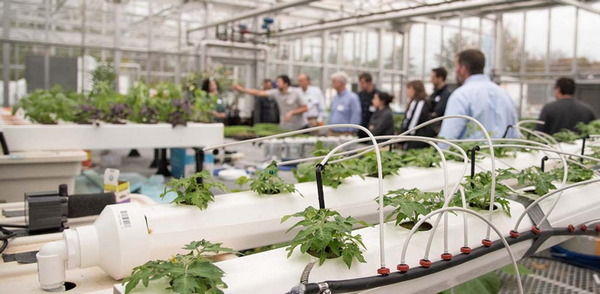
Photo credits: Cornell University
Do you believe the number of career opportunities within the sector is in line with the amount of industry interest there is?
"I think this is like the chicken and egg scenario. This year alone has seen over $ 1 billion invested into indoor farming. Plenty, for instance, took in more than $400 million from Walmart in 2022. The jobs are opening, but the lack of training is creating a void of labor. Without schools dedicated to workforce development, the industry will lack the trained staff they seek," says Charlie.
According to him, some growth skills can be learned on the job, but the comprehensive knowledge required to manage CEA facilities will take highly educated labor. Programs will continue to develop to serve this need, but experienced teachers and trainers may be an obstacle to program development.
Charlie feels that hydroponics may be the best approach for an Indoor Ag program vs. Aquaponics. Hydroponic systems are ideal for classrooms, can start up and shut down easily, and are basically cookie-cutter recipes to follow. Whereas aquaponic systems require experience and advanced education in both aquaculture and horticulture. This specialty is hard to find, and it's hard to find potential educators with experience in this area.

Photo credits: Rooted
Spreading the benefits of indoor farming
While career development is a huge space for indoor ag and education, it is definitely not the only way the two are joining forces. This summer, Contain Inc's corporate wellness platform Rooted expanded to reach universities with the goal of bringing the mental health benefits of indoor ag directly to young adults around the country in an exciting and rewarding way.
The platform thrives on the new digital age of remote work paired with the flexibility and convenience of indoor growing. Remote learning has been and will continue to be a catalyst for education in the indoor agriculture world. The indoor agriculture curriculum also allows students to get a forward look at a variety of topics surrounding food supply, the environment, and tech.
In addition, schools can house indoor farms on campus and create real hands-on programs and experiences despite the climate and with the benefits of reduced resources to keep it maintained. A high school in Broadmeadows installs a no-waste indoor farm in its canteen, Following the trend of Edible gardens popping up in schools all over the country.
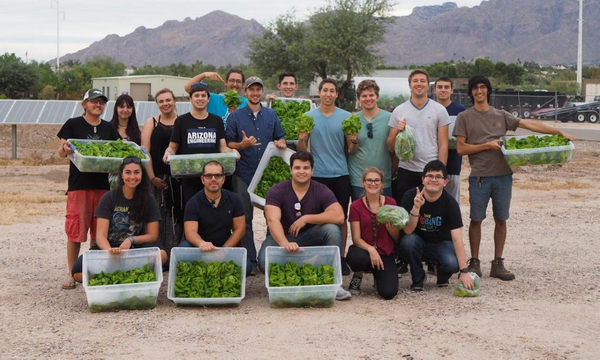
The CEA Student Association, an initiative of the CEA Center at the University of Arizona
The future of indoor agriculture
Charlie is currently working on increasing pipelines. As he puts it, we'll definitely see more high school programming to introduce students to CEA education. Including more Dual Credit classes which give students college credit while in high school. According to him, pipelines from high school to community- and tech- colleges will increase.
"Most indoor ag students want and need hands-on opportunities, so schools with indoor ag programs must invest in facilities and systems at scale. Articulation agreements will be developed between tech schools and 4-year universities to direct students into indoor ag careers. The industry will also move toward micro-credentials for entry-level growers. Rather than college degrees, these micro-credentials, or badges, focus on specific career skills needed and can be achieved in a short amount of time. These badges could include lighting, plant production, nutrient management, etc.," Charlie notes.
Companies can require these credentials and can help their employees earn them while still working. The indoor ag community will have to validate the curriculum for these micro-credentials and standardize it across the US.
"All and all, Gen Z and millennials are spearheading the next generation of sustainable food and have a growing interest in the topic, supporting their initiatives through programs and opportunities to learn more about how they can be part of this change through education is key."
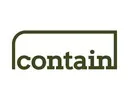
For more information:
Contain Inc.
Nicola Kerslake, Founder and CEO
www.contain.ag
